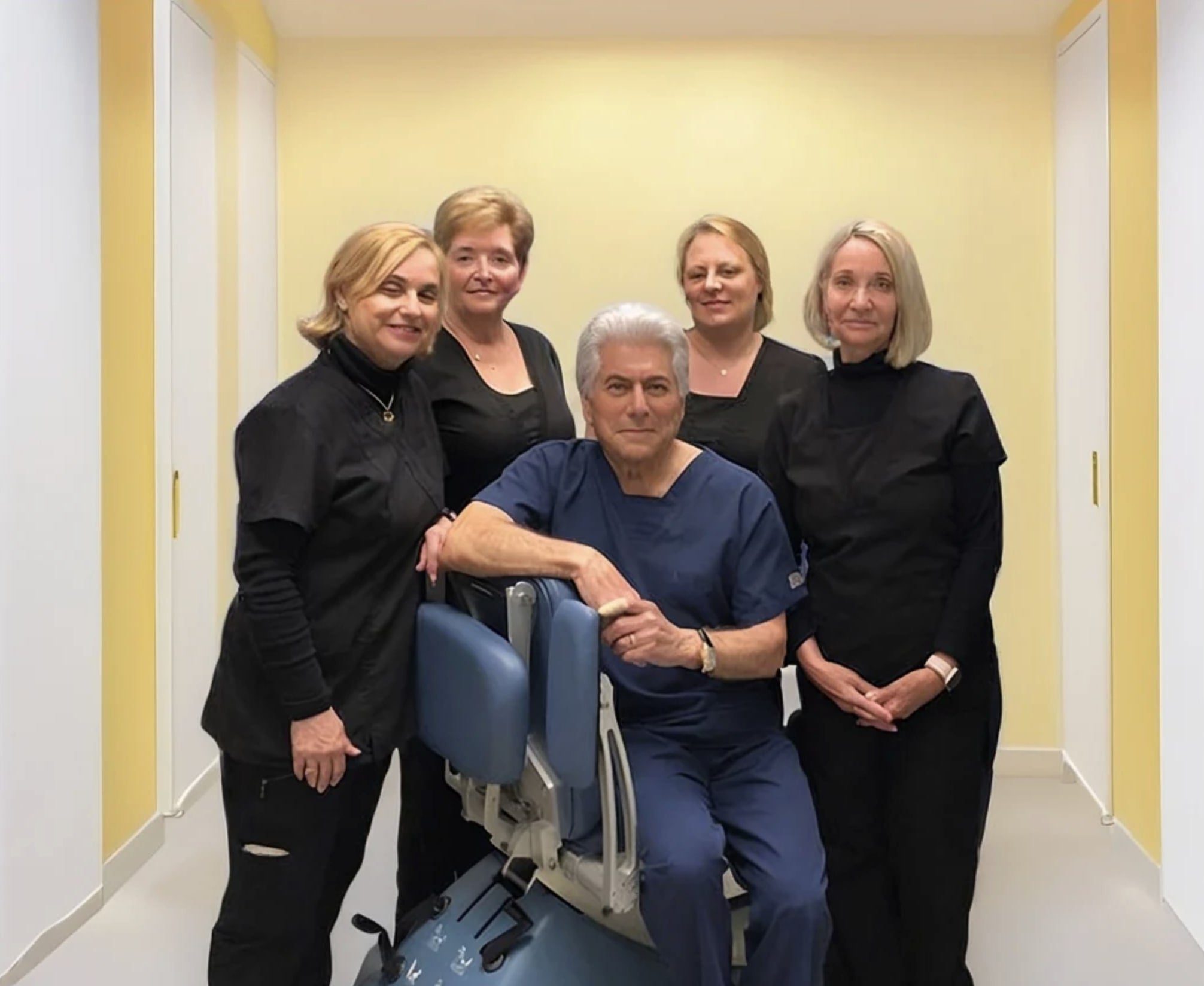The Science Behind HAIRMDL
HAIRMDL was created by Dr. Herbert Feinberg, a board-certified dermatologist and pioneer in hair restoration. Each formula blends proven, FDA-approved ingredients with advanced actives for real, visible results — guided by medical expertise, not marketing trends.
Meet Dr. Herbert Feinberg
Dr. Herbert Feinberg is one of the most respected figures in modern hair restoration. Over forty years, he has performed more than 5,000 hair transplants and led innovations that defined new standards in dermatologic care.
Professional Recognition
- Artas Clinical Excellence Award
- Artas Bronze Award
- Plastic Surgery Select Surgeons
- American Board of Dermatology — Board Certified
- American Academy of Dermatology — Fellow
- American Society for Dermatologic Surgery — Member
- International Society of Hair Restoration Surgery — Member
- New World Report — Most Advanced Hair Transplantation Specialist, North Atlantic USA

The Formula
Science. Experience. Results.
HAIRMDL® is a physician-formulated treatment that combines proven, FDA-approved ingredients with advanced actives not found in standard hair loss products.
Minoxidil
A vasodilator that promotes hair growth by increasing blood flow to hair follicles and prolonging the growth phase.
Dutasteride
A 5-alpha reductase inhibitor that reduces DHT levels in the scalp, helping to slow hair loss and promote regrowth.
Latanoprost
Originally used for glaucoma, it stimulates hair growth by prolonging the growth phase and increasing follicle size.
Caffeine
Stimulates hair follicles and improves blood circulation to the scalp, promoting hair growth and scalp health.
Tretinoin
A retinoid that improves scalp health, enhances absorption of other ingredients, and promotes cellular turnover.
Triamcinolone
A corticosteroid that reduces scalp inflammation and itching, supporting a healthy environment for hair growth.